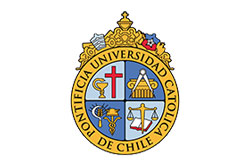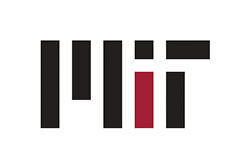Source: The Atlantic Cities
 The National Highway Traffic Safety Administration is expected at some point later this year to make a milestone decision on whether future cars in America will be required to come with «connected vehicle» technology. In layman’s terms, this refers to the capacity of vehicles to communicate wirelessly with one another and with fixed infrastructure («I’m changing lanes,» «an accident just happened,» «I just slammed on my brakes»).
The National Highway Traffic Safety Administration is expected at some point later this year to make a milestone decision on whether future cars in America will be required to come with «connected vehicle» technology. In layman’s terms, this refers to the capacity of vehicles to communicate wirelessly with one another and with fixed infrastructure («I’m changing lanes,» «an accident just happened,» «I just slammed on my brakes»).
The concept conjures a futuristic world of chatty cars in which our vehicles might do a better job of interacting with each other than we do as drivers. But the prospect is not so far in the future. And some of the biggest beneficiaries may not be cars at all, but riders of public transit.
This is the theory of University of Arizona researchers Wei Wu and Larry Head. They’ve been simulating an idea called “bus lane with intermittent priority” – or BLIP – that would use connected vehicle technology to solve one of the bigger challenges posed by Bus Rapid Transit systems. Cities around the world are increasingly turning to the relatively affordable transit solution to move more passengers on dedicated bus lanes without the unpredictability of traffic congestion or the cost of constructing railways.
One problem with BRT, though, is that plenty of drivers aren’t eager to see whole lanes of busy roadway blocked off exclusively for bus use. So this is where connected vehicle technology could come in. If buses and cars could communicate with each other, drivers could use BRT lanes when buses aren’t around.
«As the bus moves through the network,» Head explains, «it broadcasts a message that says, ‘Here I am, I’m a bus. Here I am, I’m a bus. Get out of my lane.’»
A bus moving down a busy street, for instance, might project that message to vehicles within 300 yards of it. This is an animation, courtesy of Head and Wu, of exactly what this might look like:
blipvideo from The Atlantic Cities on Vimeo.
The animation assumes that not all cars in this near future would have connected vehicle technology. Those older models would be barred from the bus lane; connected cars (in green) would have access to it. In the animation, cars that have just been alerted of an approaching bus turn red (and then green once they’ve moved out of the way). Cars traveling safely behind the bus are blue.
The whole idea suggests that technology could help us become smarter sharers of roadway. In turn, that also means we might need less of it to efficiently transport more people.












